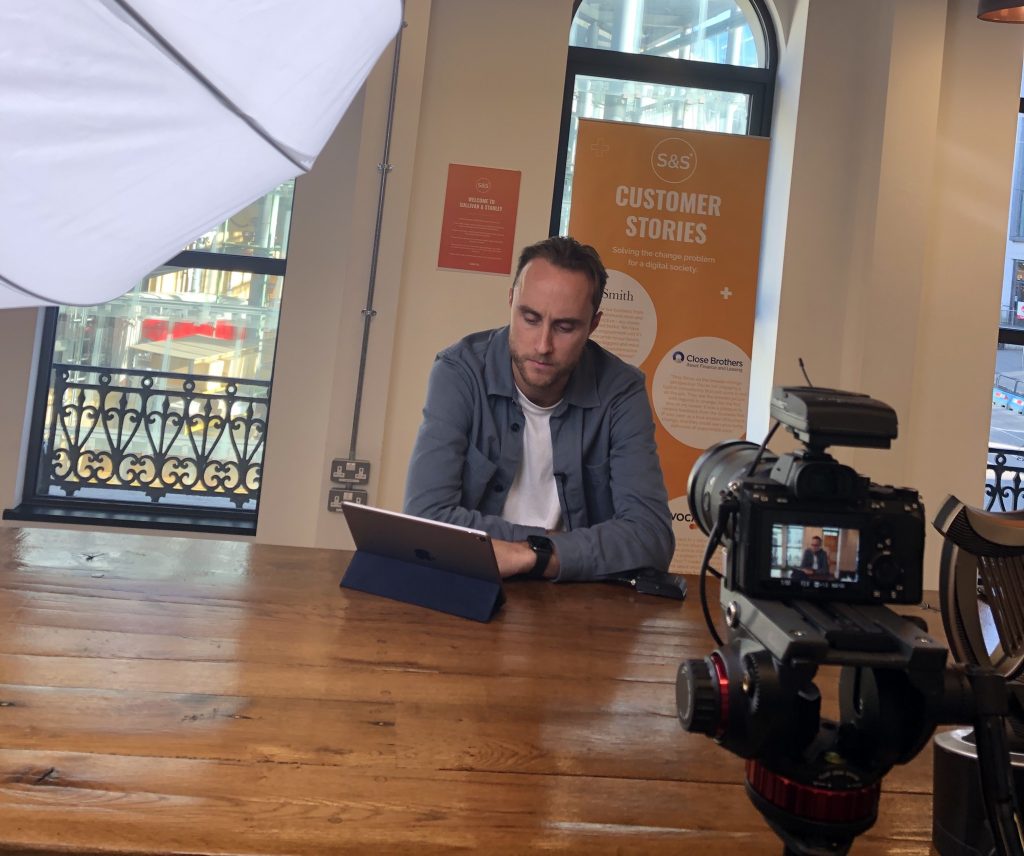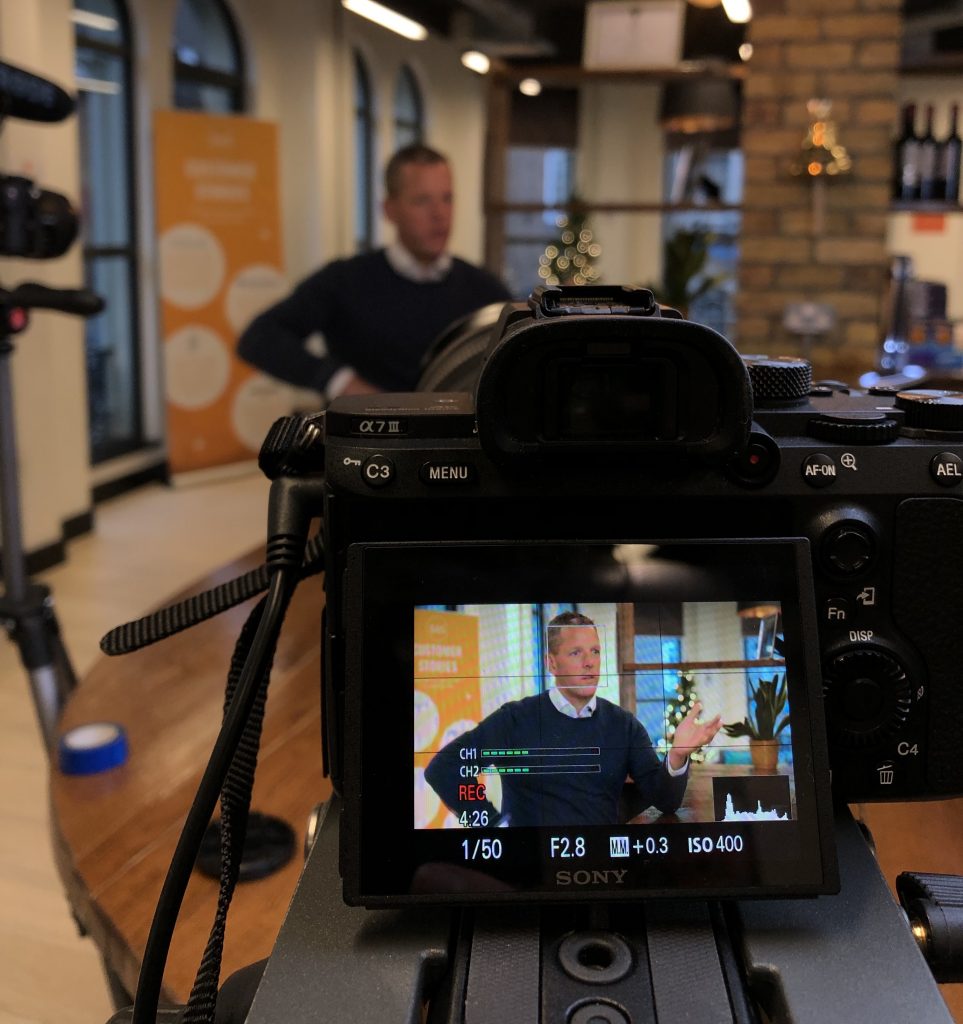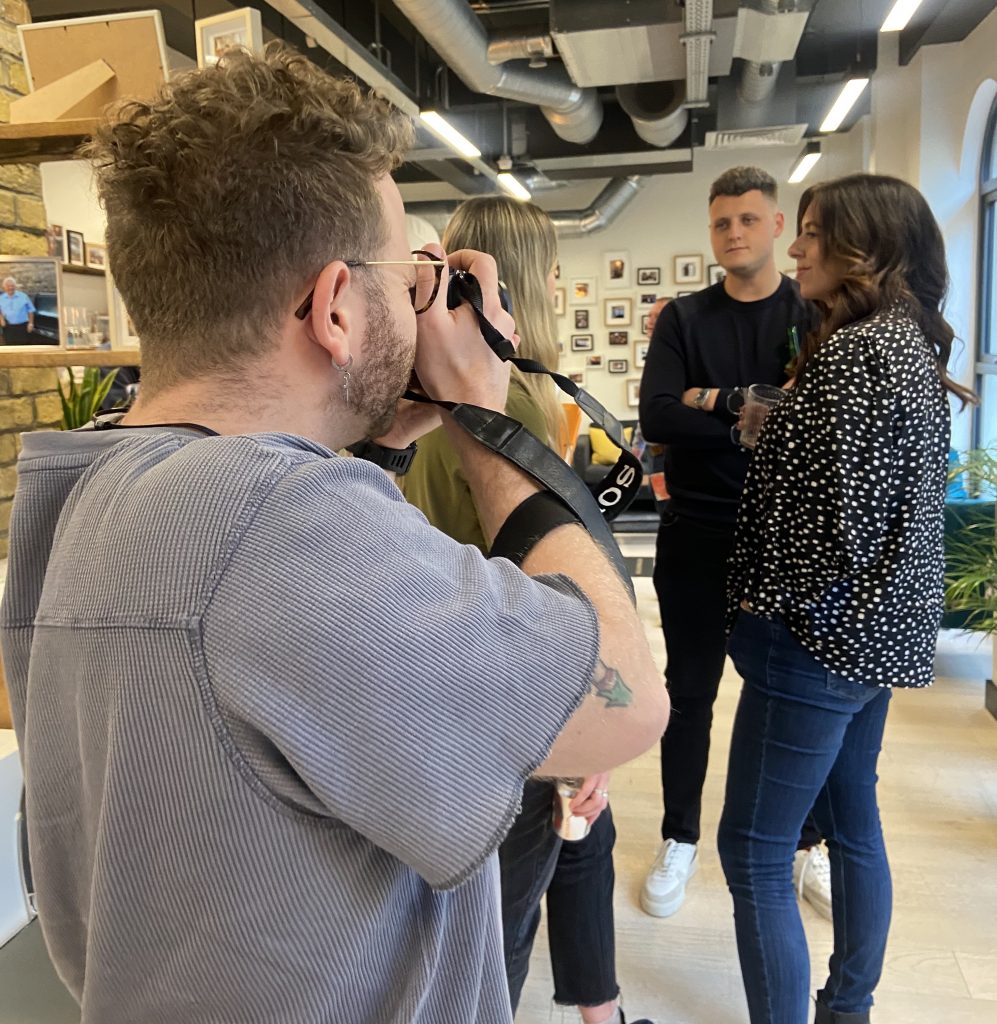“I’ve gotta say Cal, I’m pretty skeptical and I can’t really see how it’s going to work. Seen this a million times. But sure, let’s do it.”
*Fast forward 6 months*
“Cal, you’re going to laugh – but this has been incredible. It’s been a rough ride no doubt but I’m officially converted. You can publish that if you want”.
That were two conversations I had with the same Chief Operating Officer as the red record button of the camera blinked away – once at the beginning of delivery, and then again six months in.
It’s a privileged position for me. Being able to capture the journey as people go through the change curve. It becomes a bit of a therapy session in many ways, but a transparent one that can galvanise the rest of the organisation by hearing their peers’ stories.
But why is this so important to the business?
Because change needs to stick.

Fail to do so and you waste a lot of time, resources, and effort – something organisations can’t afford to do in today’s competitive climate. It’s no secret that a large number of transformations fail, and one problem to regularly rears its head is poor communication.
During change initiatives, most people will know a little bit about what’s going on. Typically an ‘official’ announcement is made (some boring, long-winded email nobody really reads), but then the rumour mill takes over.
This is when mixed messages start to creep in and sow the seeds of doubt in people’s minds about what the impending change means to their future. Either that or a collective eye roll – ‘Here we go again’.
This is the moment change fails.
Nearly a quarter (23%) of an employee’s belief in change is driven by their confidence and psychological safety. Therefore, when leaders fail to tell the story of change, they don’t secure the buy-in required for the cultural change, which ensures the change sticks long after we have walked out your front door.

The power of video
While this is broadly about getting your change communications bang on, the camera is our secret weapon.
The use of video marketing continues to increase year-on-year. But what’s really interesting is why video is the marketer’s preferred channel for helping to increase user understanding. Video is a strong medium for communication because it plays to the way our brains naturally process information. 90% of information transmitted to the brain is visual, and visuals are processed 60,000 times faster in the brain than text. It allows for 95% of messages shared through video to be retained.
And then there’s a growing opportunity…
Gen Z is on a fast track to passing Millennials as the largest generation (yeah I know, freaks me out too), with over a third of the world’s population falling into this category. But when combined, these two generations are changing human behaviors. Today, video is more accessible, which has created an expectation for communication to be video-first – both Millennials and Gen Z prefer to watch videos for information-gathering purposes.
So why do organisations still insist on more traditional forms of communication, such as slideware?

Use ChangeMedia for effective and consistent comms
Despite 82% of knowledge workers saying it’s important for their organisation to be transparent, only 19% consider their company to be ‘very transparent’. From the company to the market to their colleagues, employees want visibility in all aspects of their work.
Use powerful video storytelling, and it allows you to reach a broader audience with a consistent strategic message to bring your people on the change journey.
When we support our clients with ChangeMedia, we work alongside the change delivery function to provide a content production service that documents the journey – warts and all. The reality is that change isn’t easy and when you show a true reflection to the wider business, you all emerge as a stronger team because you’ve shared that experience.
To begin we create a ‘Vision Video’, where the leaders of the organisation outline the vision and set the ‘why’ to inspire change. That’s the foundation piece.
We then continue with ‘90-Day Reflections’ where we interview team members on what progress has been made in the Glass Tube, and what the plan is for the next phase. By constantly engaging everyone in the change – even if it’s simply allowing them to view the latest chapter of the journey – it creates pull change. Now, rather than feeling like change is being done to them, which encourages resistance, people are happy to join in and be part of it.

I won’t lie, change can be rough
In my role, I’ve had the opportunity to interview people from all areas of the business to get their views on the change process – from senior leaders to individuals on the ground across a variety of sectors. What you start to see is while every transformation is different and unique to the company, at some point every person has similar worries.
Video is such a powerful medium because it gives every person a voice. And at times when change feels hard, it’s nice to be able to view the journey so far, and reflect on the incredible progress that’s already been made.
When all is said and done, and we are long gone because we’ve upskilled your people and let you get on with it, we leave you with a unique story that you can be incredibly proud of.
What will your story look like?
S&S isn’t like your average change consultancy – we’re constantly looking for new ways to deliver different outcomes, which enables successful change.
Want to find out more about how we do this?





































































